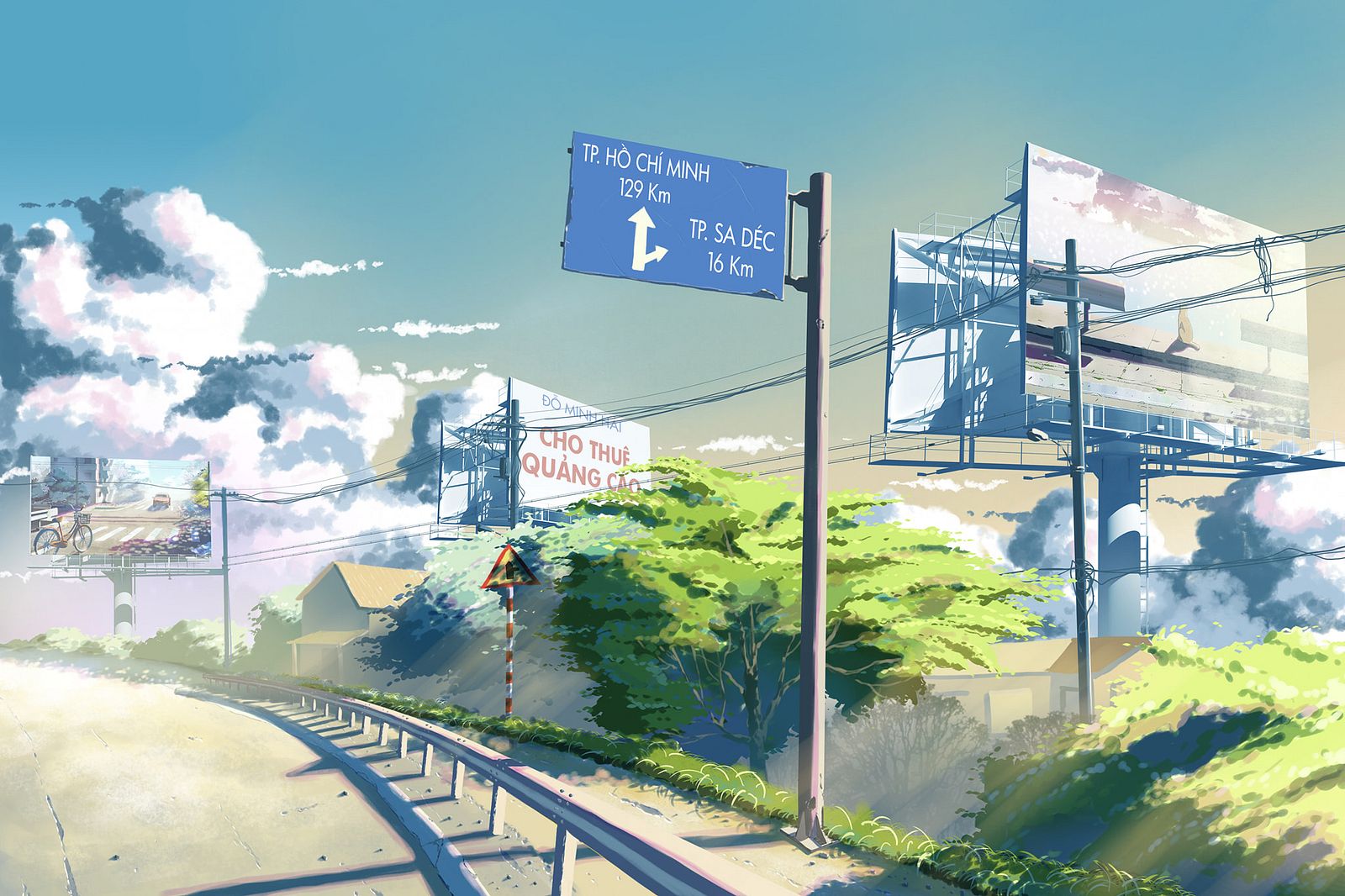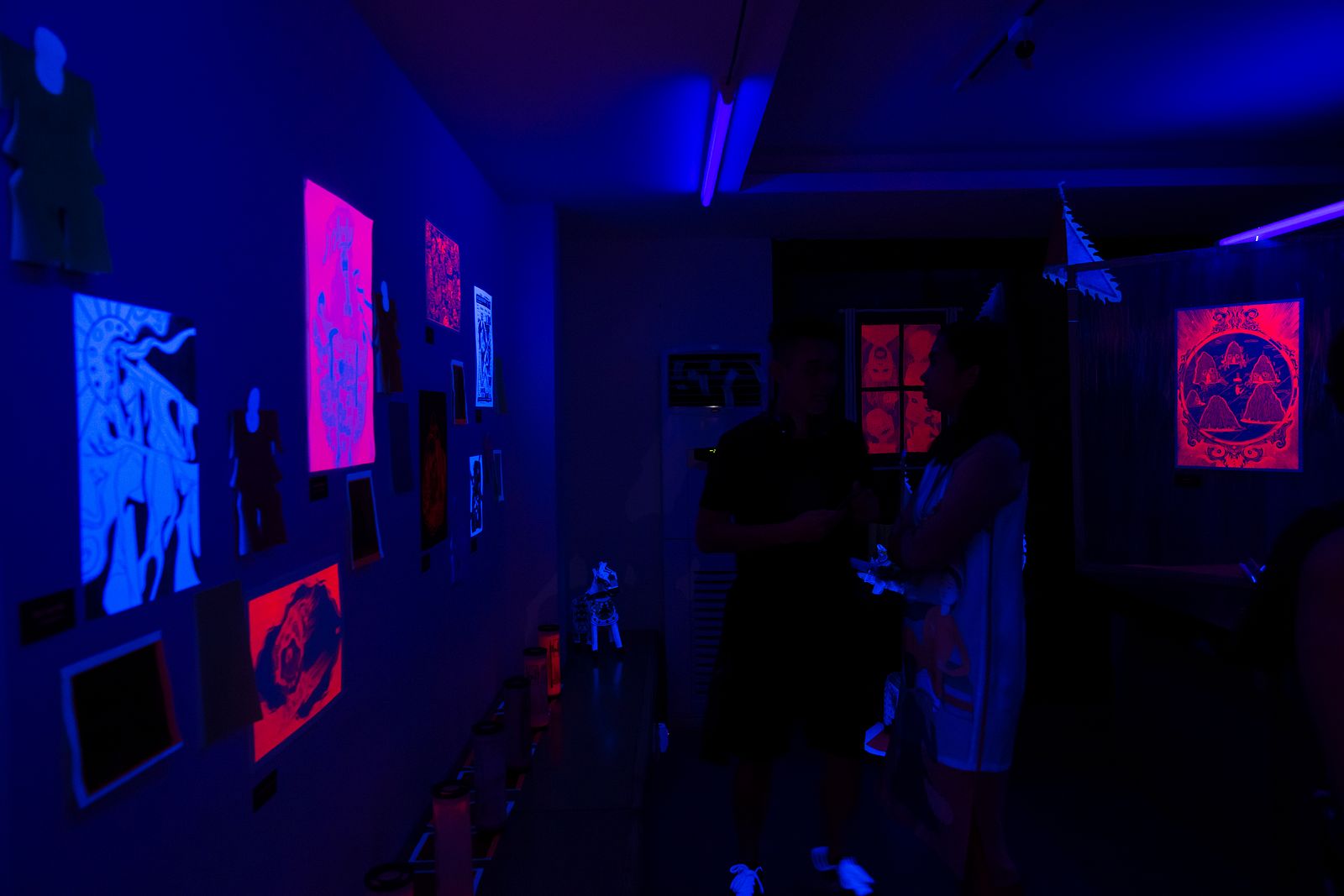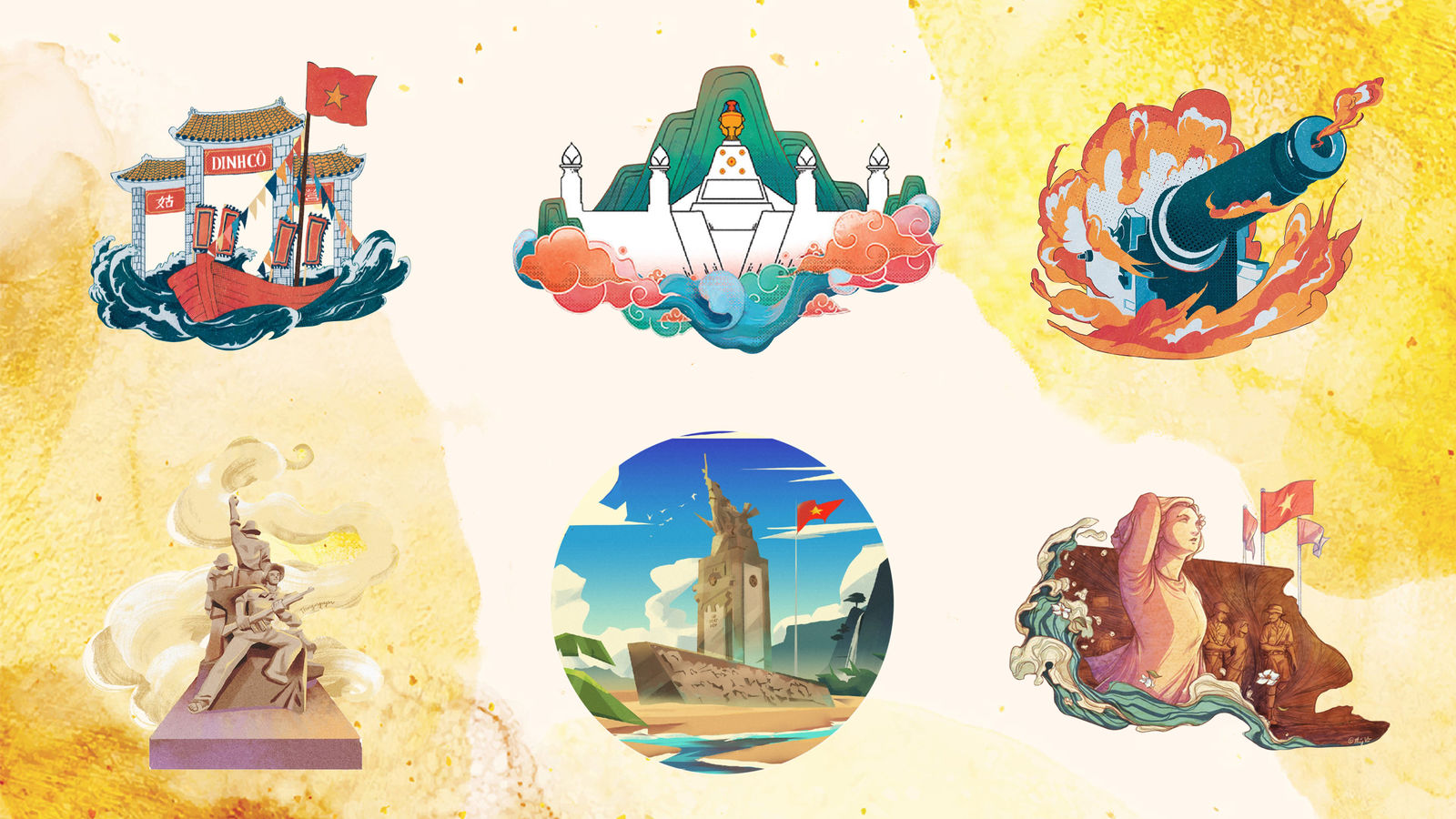In 2016, Toho released the Japanese romantic fantasy Your Name. worldwide to rapturous reception. The feature, written and directed by Makoto Shinkai, went on to become the most financially successful Japanese film of all time, cementing its auteur’s status as one of Asia’s most prominent animation powerhouses.
Even before Your Name. charmed the world with its time-traveling magic, Shinkai had already cultivated a cult following in Vietnam thanks to projects like 5 Centimeters per Second and The Garden of Words. Among Shinkai’s most ardent fans is Do Minh Hai, an architecture student at the Mien Tay Construction University.
From a young age, Hai has been enamored by the art of Japanese animation and, by extension, the works of Studio Ghibli and Shinkai, both of whom became major influences in the development of Hai’s personal style. And it’s not hard to notice.
A short animation sequence, titled "Mưa," that Hai created using inspiration from rural Vietnam. It took him a week to refine the idea, paint the background art, animate and edit the video.

A few months ago, Hai made the rounds on local Facebook forums thanks to a set of digital paintings he created. The artworks are simply landscapes of where he lives in the city of Cao Lanh in Dong Thap Province, but what earned the praise of numerous passing netizens was the way Hai rendered those seemingly run-of-the-mill snapshots under the radiant, dreamy style of Japanese anime, particularly that of Makoto Shinkai.

In the illustrations, luminous fluffballs of cloud hang languidly across the scene; the generous use of a hopeful, distinctly anime teal brightens up the Mekong Delta sky like never before; and a bold palette evokes an eternal summer.

For many netizens pouring compliments in the comment sections below the artworks, it was just a pleasant surprise to see their hometown portrayed through such a polished aesthetic. The charming points of Vietnamese street scenes usually lie in the chaos — an eclectic range of colors, sounds, smells, etc. — that’s often thought to be incongruent with the scenic orderliness of Japanese anime.

A humble primary school, a ferry terminal, a local sports complex: they are all part of his personal routine and memory, according to Hai.

Le Quy Don Primary School, based in central Cao Lanh, was the venue for a painting competition he took part in during fourth grade. He was picked to represent his school, but couldn’t afford a new set of colors, so his art teacher at the time gifted him a box of oil pastels. “I still keep that pastel box because it represents the affection and memory of my art teacher in elementary school,” Hai reminisces.


His childhood home is just a stone’s throw from the Cao Lanh Ferry Terminal, so seeing the ferries, to Hai, is a sign of home whenever he heads back from college. “However, construction on the Cao Lanh Bridge has finished, so the ferry might stop operating soon,” he shares. “So I really want to draw it to preserve the image of a golden age, not only for myself but also the rest of Cao Lanh residents.”

Cao Lanh Stadium used to be the home turf of the Dong Thap Rubber Corporation Football Club, according to the artist. The sports venue anchors many an exhilarating memory of local residents watching their home team compete. Although the team has been disbanded, with a new club in place, the stadium remains an important landmark in the mind of many Cao Lanh denizens.
Even for people who have never been to Cao Lanh, Hai's art work is sure to evoke emotions.















